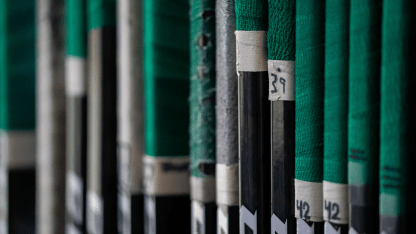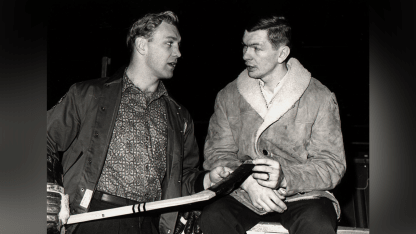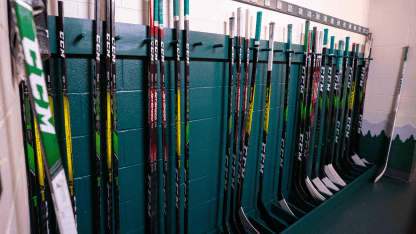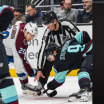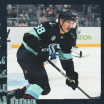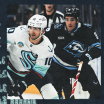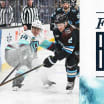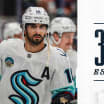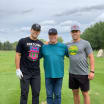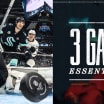The history of the ice hockey stick starts with the Mi'Kmaq, a First Nations people indigenous to Canada's Atlantic provinces. It's believed Mi'Kmaq (pronounced "mee-gum-ah" or "meeg-mah") carvers in Nova Scotia made the first ice hockey sticks during the 1830s, when they concurrently invented the sport.
The "Mik-Mak stick" was manufactured by the Mi'Kmaq and remained popular sticks for a century. into the 1930s. The first sticks were carved from birch and hornbeam trees. As ice hockey grew across North America, maple became the wood of choice. Maple hockey sticks stayed relatively the same for decades, with some modifications made to the shaft, such as lamination to add longevity to the stick and some modest flex.
Sticking to the Story
The origin of ice hockey sticks clearly dates to Nova Scotia circa the 1830s, but which NHL player invented the curved blade?
